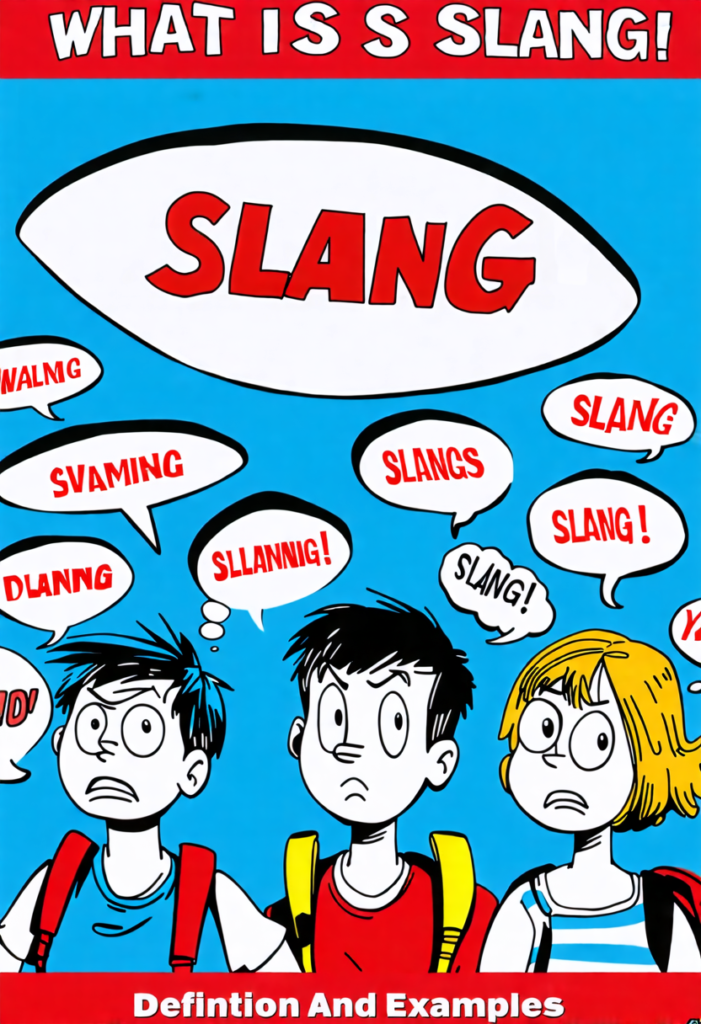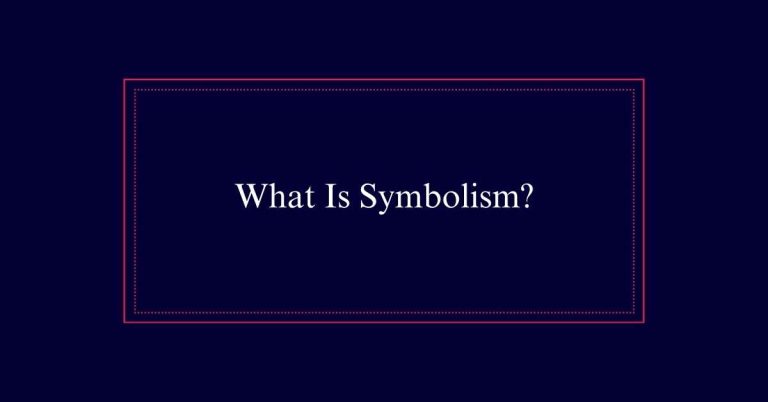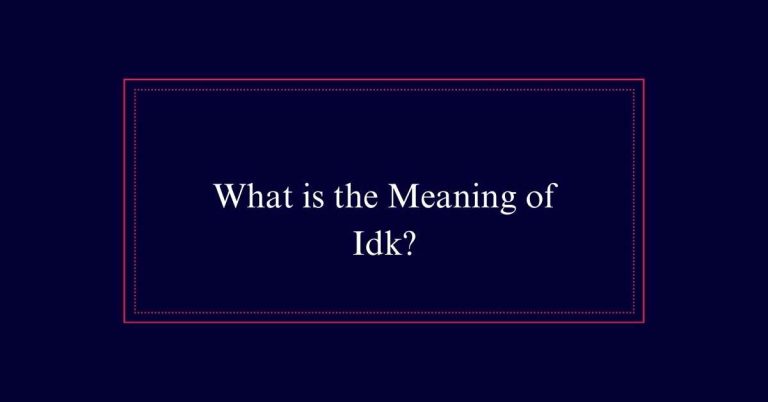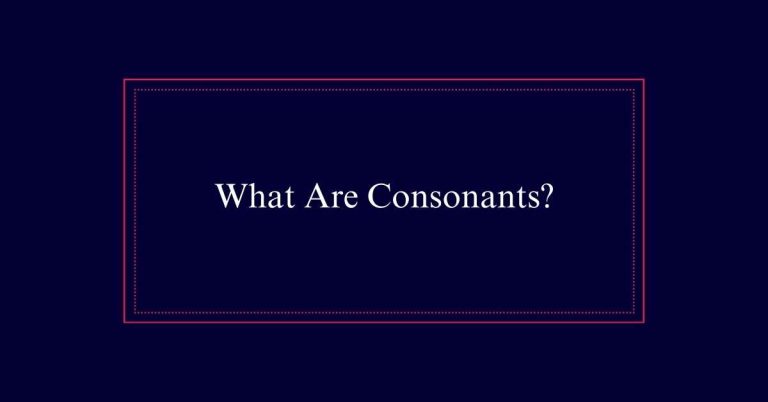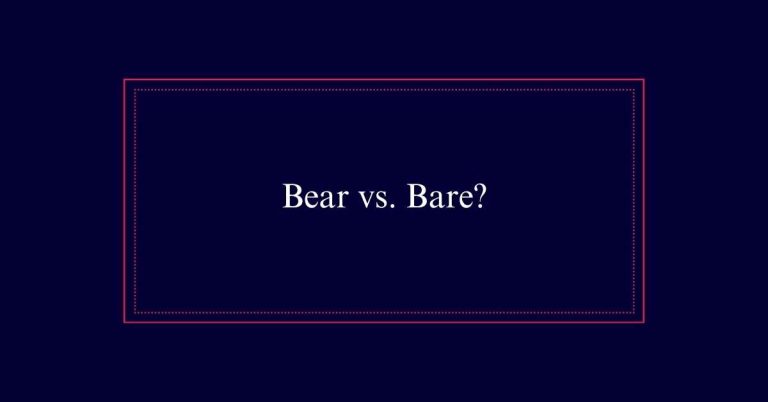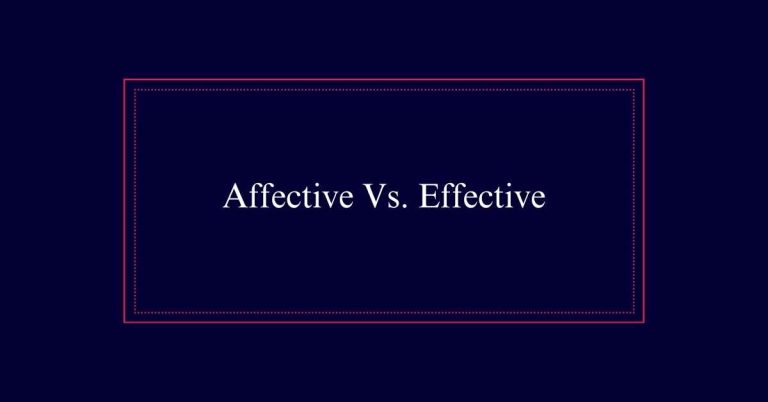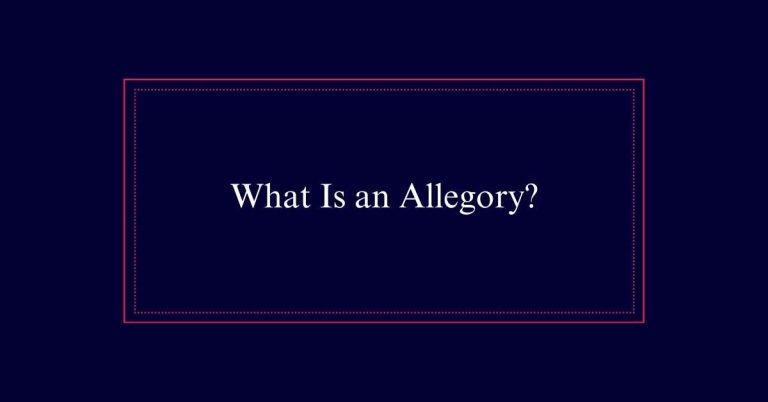What Is Slang? Definition and Examples
Slang is an informal language originating in specific communities or subcultures. It often involves unique words and phrases that convey meanings distinct from standard language. Examples include words like ‘lit,’ meaning exciting, and ‘chuffed,’ meaning happy.
Slang can also encompass phrases like ‘spill the tea,’ which means sharing gossip. It evolves rapidly, reflecting cultural trends and group identities. While suitable for casual conversations, slang is typically inappropriate for formal settings. This dynamic language form binds groups together and adds creativity to expression.
Understanding Slang
Slang is a type of informal language that often emerges from specific communities or subcultures. It can be regional or develop within particular groups. Slang includes single words or phrases, like ‘lit,’ ‘chuffed,’ and ‘meme.’
Sometimes, slang words are shorter versions of longer words or combinations of words, known as portmanteaus. This form of language can also change the meaning of existing words, giving them new connotations.
Slang typically appears in informal conversations and is not suited for formal settings like workplaces or legal documents. It helps people express their identity and creativity, making communication more dynamic and engaging.
Forms of Slang
Often evolving from diverse communities, forms of slang include single words, phrases, portmanteaus, and altered meanings of existing terms.
Single words like ‘lit’ convey a straightforward meaning but pack a cultural punch.
Phrases such as ‘spill the tea’ offer more complex expressions.
Portmanteaus, like ‘brunch’ (breakfast + lunch), blend two words to create a new term.
Existing words can also take on new meanings, as seen with ‘sick’ meaning impressive rather than ill.
These forms of slang allow for dynamic and creative communication. They are a reflection of how language is ever-evolving in response to social trends, technological advancements, and cultural changes.
Common Slang Examples
Understanding the various forms of slang sets the stage for exploring some common examples in everyday language. Slang is dynamic and constantly evolving, reflecting current trends and cultural influences.
Below are four prevalent examples of slang that are widely used today:
- Lit: This term means something exciting or excellent. For example, ‘The party last night was lit!’
- Chuffed: is common in British English; it means pleased or happy. For instance, ‘I’m chuffed to bits with my new job.’
- Ghosting: This refers to suddenly cutting off all communication with someone. Example: ‘He started ghosting me after our last date.’
- Flex: It means to show off. Example: ‘He likes to flex his new car on social media.’
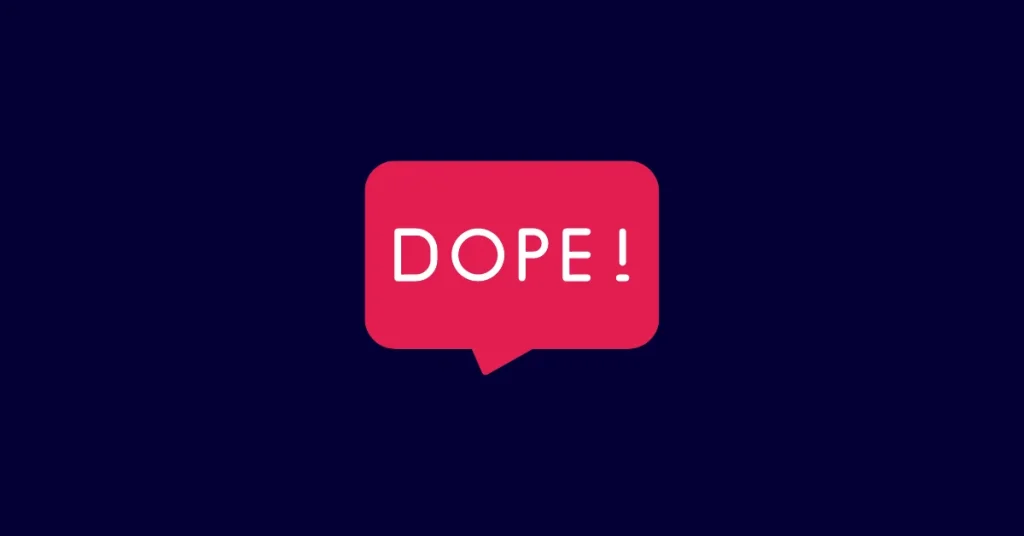
When to Use Slang
Incorporating slang into your communication depends largely on the context and audience. Typically, slang is best suited for informal conversations with friends or peers. It can make interactions feel more relaxed and relatable.
However, in formal settings such as the workplace, legal contexts, or professional emails, using slang is generally inappropriate. The importance of the situation and the familiarity of the audience with the slang are key factors to keep in mind.
In professional environments, the company’s culture and the recipient’s understanding of the slang should guide your choice. Always assess the appropriateness of slang to guarantee clarity and respect in your communication.
Using slang effectively requires balancing informality with context sensitivity.
Purpose of Slang
In conclusion, slang serves various purposes in communication beyond just adding informality. It acts as a powerful tool to convey identity and foster a sense of belonging within specific groups or cultures.
Additionally, slang allows for more expressive communication, often adding emphasis and nuance that standard language may lack. The playful and creative nature of slang invites innovation in language use, making interactions more engaging.
Moreover, slang reflects the experiences and realities of a particular time and place, providing a dynamic and evolving form of expression.
Here are four key purposes of slang:
- Identity and Belonging: Strengthens group cohesion.
- Expressiveness: Adds emotional depth and emphasis.
- Creativity: Encourages innovative language use.
- Temporal Reflection: Captures contemporary experiences.
Slang in Literature
Many authors use slang to create authentic characters and settings in their literary works. Slang can make dialogue feel real and relatable, reflecting the language of a particular group or era.
For instance, Angie Thomas’s ‘The Hate U Give‘ uses contemporary slang to capture the voices of young African American characters. Donna Tartt’s ‘The Secret History’ incorporates academic and intellectual slang to depict college life. Bret Easton Ellis’s ‘Less Than Zero’ showcases the vernacular of 1980s Los Angeles youth.
These examples show how slang adds depth and authenticity to narratives. It helps readers connect with characters and immerse themselves in the story’s environment. Therefore, the strategic use of slang is a powerful literary tool.
Evolution of Slang
The evolution of slang reflects the dynamic and ever-changing nature of language. Social media, technology, and cultural trends are frequently influential factors in the rapid evolution of slang. It adapts to new contexts and needs, frequently emerging from youth culture and subcultures. This constant change keeps slang fresh and relevant.
Key factors in the evolution of slang include the following:
- Cultural Trends: Popular culture, music, and movies often introduce new slang.
- Technology: The internet and social media platforms accelerate the spread of slang.
- Youth Influence: Younger generations create and popularize new slang terms.
- Globalization: Interaction between different languages and cultures leads to the creation of new slang.
Understanding these factors helps in grasping the fluid nature of slang.
Slang in Communication
In communication, slang serves as a tool to create a sense of identity and belonging. It allows individuals to connect with specific groups, fostering a sense of community. Slang makes language more expressive, adding emphasis and creativity. It also reflects the culture and experiences of its users, often capturing the nuances of a particular time and place.
However, the use of slang should be context-specific. While it is suitable for informal conversations, it is generally unsuitable for formal settings like workplaces or legal contexts. Understanding the audience and the formality of the situation is essential.
In professional environments, slang usage depends on company culture and the familiarity of the recipient. This adaptability makes slang a dynamic component of communication.
Frequently Asked Questions
Can Slang Terms Have Different Meanings in Different Regions?
Yes, slang terms can have different meanings in different regions. Regional variations and cultural contexts often influence how slang is used and understood, leading to distinct interpretations of the same word or phrase.
How does social media influence the development of slang?
Social media accelerates the development of slang by spreading new terms rapidly across diverse communities. Platforms like Twitter and TikTok allow slang to gain popularity quickly, often reflecting current trends, events, and cultural shifts.
Are there any risks to using outdated slang?
Using outdated slang can lead to misunderstandings and make the speaker appear out of touch. It may hinder effective communication and reduce credibility in both professional and social settings. Always make sure your language is current and relevant.
How Can One Stay Updated on the Latest Slang?
To stay updated on the latest slang, regularly engage with social media, follow trending topics, and interact with younger generations. Reading contemporary literature and watching popular media can also provide insights into evolving slang terms.
Do slang terms ever become accepted as standard language?
Yes, slang terms can evolve into accepted standard language over time. Words like ‘cool’ and ‘ selfie’ have changed from slang to mainstream vocabulary, demonstrating how language adapts and adjusts to cultural and societal changes.
